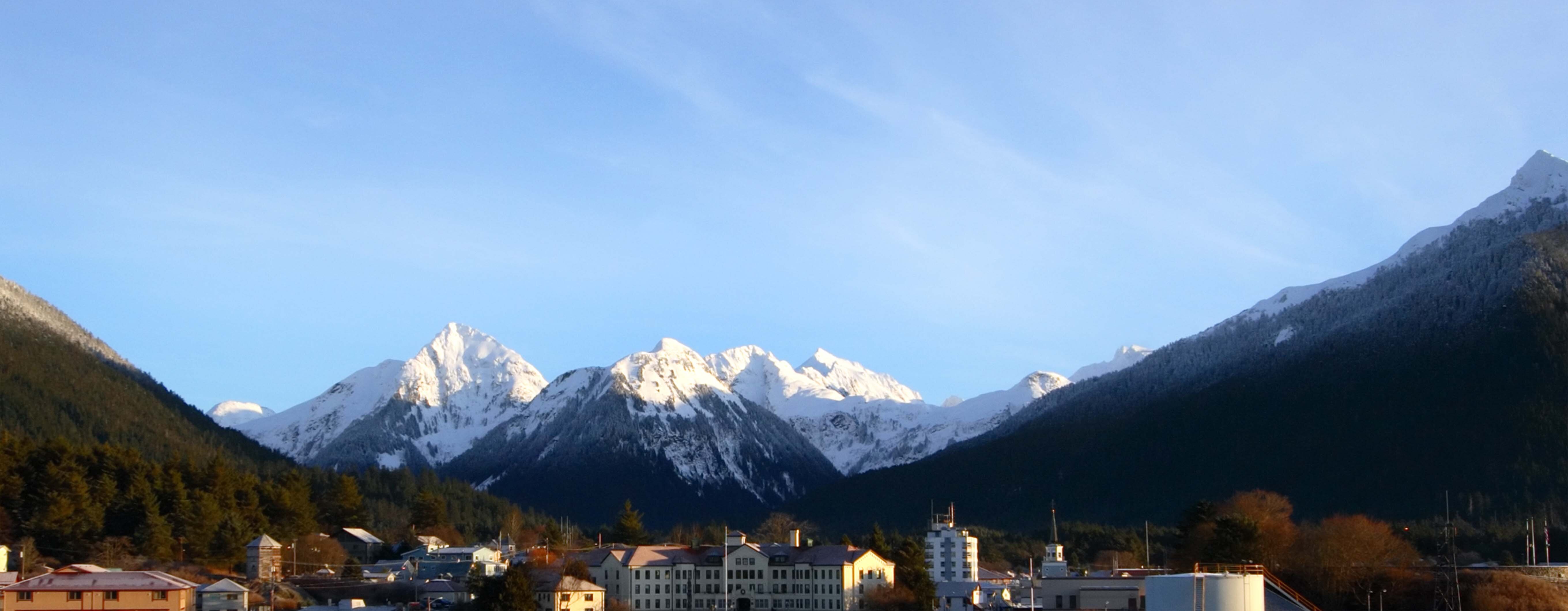
Home Insurance in Alaska
Which state experiences three months of constant sunlight, has the largest number of volcanoes in the United States and is only 50 miles from Russia at its closest point? Hint: there’s a reason that some people call Alaska the Land of the Midnight Sun.
With its natural beauty, unique lifestyle and the lowest population density in the US (only one resident per square mile!), Alaska is a state that’s unlike any other.
People who choose to settle down in Alaska are accustomed to cold temperatures, whale sightings, 34,000 miles of beaches and the chance to see aurora borealis for about 240 days of the year. Realistically? They should also be prepared for winter weather damage and other various homeowner issues. We’ve compiled a guide to home insurance in Alaska for those looking for more info.
How much is homeowners insurance in Alaska?
Home insurance in Alaska costs about $1,078 per year, coming in at about $133 less than the national average of $1,200.
While many consider Alaska to be one of the last truly wild places in America because of its sections of uninhabitable land, over 700,000 people have settled down in The Last Frontier.
While Alaskans may need thick skin to survive the long, cold winters, those who do decide to live in Alaska will experience the natural beauty found in the highest concentration of national parks in the United States and a relatively low average home price of $370,000.
Even through the cold temperatures, Alaska isn’t prone to extreme weather events like tornadoes, wildfires or hurricanes. So Alaskans that shop smart and prepare for the winter weather can enjoy the relatively low home insurance premiums found in the state.
Alaska Home Insurance Premiums
What does home insurance in Alaska cover?
A basic home insurance policy covers dwelling, personal property and liability. That means you’d be covered if a historic snowfall damaged the roof of your home or a moose crashed into your shed. You’d also be covered if a houseguest slipped and fell on ice outside of your home or if you ran off course and damaged someone else’s fence while practicing the Alaskan state sport of dog mushing (woof).
As precipitation rates are projected to rise in The Last Frontier, the riverbanks and shorelines that are already prone to flooding will most likely see more floods. Therefore, Alaskans may choose to add flood coverage to their insurance plan.
Alaska Insurance Coverage Options
Traditional coverage
Physical Structure
Living Expenses
Liability Protection
Additional Structures
Personal Possessions
Supplemental coverage
Fire
Earthquake
Flood
How to lower your home insurance
Lowering your home insurance premium in Alaska is about prepping and shopping smart. Preparing for winter weather with insulation, regular fireplace cleaning and proper faucet dripping can prevent costly repairs. You can also prepare for bad weather while helping conserve energy and protecting the environment by upgrading your home with smart devices, which also has the added benefit of lowering your premium.
Further, you can score a lower home insurance premium by shopping smart for your home. Purchasing a newer home in an area away from the coast that doesn’t receive much extreme weather can also save you some money.
Alaska homeinsurance resources
Sure, there’s a National Park in Alaska that doesn’t have any roads or trails. But that doesn’t mean Alaskan residents are left without guidance — the Alaska Division of Insurance provides insurance information to residents looking to learn more about covering their home. But since Alaska doesn’t offer a Fair Access to Insurance Requirements (FAIR) plan, Alaskans will have to find a provider that works for them.
National Flood Insurance Program
The National Flood Insurance Program (NFIP) is a FEMA program designed to get Americans access to flood insurance by providing it for communities that commit to floodplain management practices. Residents of participating communities can sign up for flood insurance through the NFIP. To find out if your community participates, visit the NFIP Community Status Book for Alaska.
To answer our previous question: Barrow, Alaska, does experience two and a half months of constant sunlight. So why stay in the dark about homeowners insurance? Contact Hippo for a quote today.



